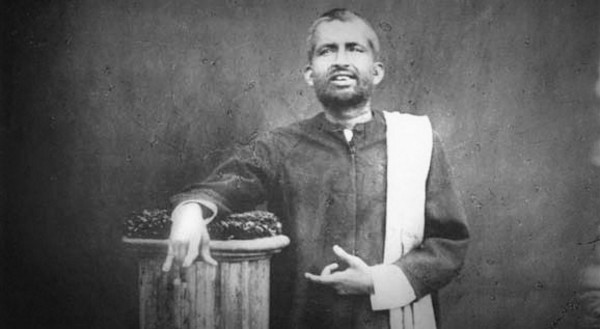
A joint venture represents the prospect of two businesses that believe that they can collaborate to accomplish marketplace goals that neither could achieve single-handedly. Joint venture partnerships are essential to how multinational companies can best achieve their global business objectives and improve top-line and bottom-line growths. Alliances and joint ventures provide many benefits, including filling gaps in capabilities or facilitating entry to new markets. Through carefully structured joint venture partnerships and international alliances, businesses can combine mutual strengths and capabilities to gain the benefits of scale that they would be unable to realize without help.
Each company must strive to be exceptional in how it develops, manages, operates, and evaluates joint venture partnerships. Joint ventures frequently go wrong due to neglect of the first stage (development of strategy) and operating implementation. A frequent and detailed joint venture assessment can determine if the company’s partnerships are being operated and managed in a way that provide real value to end customers and the joint venture partners and to determine ongoing improvements to ensure that the joint venture represents a rapid and very effective mechanism for strategic growth.

Statements of Joint Venture Management Excellence
- The JV partners and the joint venture recognize the needs of the end-customers in order to present tangible business value.
- The joint venture partnership is structured and leveraged to generate multiple sources of economic value for each JV partner.
- JV partners pay particular attention to the ownership and governance arrangement of the joint venture.
- Business objectives, strategies, and processes of the joint venture partnership are aligned with the objectives, strategies, and processes of the respective JV partners.
- The support mechanisms and processes of each JV partner that are significant to the success of the joint venture partnership are documented, synchronized and controlled to generate measurable results.
- The JV partners set priorities, convey the underlying principle behind them, advocate them even when the outcomes are undefined, and provide the support that the management of the joint venture needs to stand behind those choices as well.
- Business and functional leaders of each JV partner offer best practices and capable processes, tools and people to sustain the joint venture partnership.
- The joint venture partnership is managed using best practices, processes, tools, and quality standards as established by the JV partners.
- Confidential information received or created by the joint venture partnership is defined and maintained in a confined environment.
- Regular and consistent communication and flow of information occur within the joint venture partnership and between all parties at numerous levels.
- Representatives of the JV partners engage in shared activities that develop mutual trust.
- The parties openly define the roles of the JV partners, the Board and operating management of the joint venture partnership, and then they authorize the management and operate according to the agreed definitions.
- Managements of cross-border joint venture partnerships consist of a diverse mix of local managers and locally capable expatriates. Companies that survive the experience of doing business in other countries can learn from this experience and develop a distinctive competitive advantage that will serve them well when entering comparable challenging markets around the world.
- The right environment within the joint venture partnership is established based on reciprocated trust and shared respect. By understanding the changing nature of business and the potential pitfalls of joint venture partnerships, businesses can collaborate stronger alliances that benefit both JV partners.
- JV partnerships operate in conformity with all governmental laws, regulations, environmental standards, and safety standards and with the codes of conduct of the JV partners.
- JV partners are treated as customers and favored suppliers. Profitable exploratory actions hold more meaningful lessons for companies than failures do.
- Joint venture partnerships use shared problem-solving tools as reciprocally agreed by the partners. Lean manufacturing and other reliable management principles are used to identify and deliver process improvements.
Businesses pursuing joint ventures would do well to contemplate on the lessons of other companies that have engaged in joint ventures to improve the chances of success.




 Department stores offer towel collections that come with a variety of sizes, knitting style, cotton quality, and personalization details to fit the space, budget and personal preferences of buyers. Common household towels are made from cotton, rayon, bamboo, non-woven fibers or other organic materials. Most homes use three types of towels for each person in the household: bath towels, hand towels, and wash towels.
Department stores offer towel collections that come with a variety of sizes, knitting style, cotton quality, and personalization details to fit the space, budget and personal preferences of buyers. Common household towels are made from cotton, rayon, bamboo, non-woven fibers or other organic materials. Most homes use three types of towels for each person in the household: bath towels, hand towels, and wash towels..jpg)

.jpg)
 If you think
If you think .jpg)
.jpg)
.jpg)
.jpg)
.jpg)
.jpg)




